Customization, Specialization and Fusion 2.0

Kraft Foodservice offers its top 12 trend predictions for 2012
The chefs at the Kraft Culinary Centre pulled from their industry experience, culinary savvy and uncanny intuition. The result? Twelve insightful predictions on what will shape foodservice in 2012.
1. Customization Reigns
Freeman Moser III, senior executive chef
Customization allows you to create a unique interaction with your diner. I saw Pine & Gilmore deliver a lecture years ago about mass customization, where they stressed the need in recognizing that customers are “markets of one.” That resonates deeply in today’s foodservice culture. Fast casuals are succeeding here: Panera Bread’s “You Pick 2™” is a great example of allowing diners to choose their experience.

 Current and emerging trends as revealed at the 20th-annual Catersource Conference & Tradeshow in Las Vegas last month.
Current and emerging trends as revealed at the 20th-annual Catersource Conference & Tradeshow in Las Vegas last month.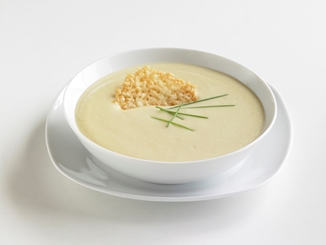 Restaurants show big growth in demand for soup and salad menu items, finds Technomic.
Restaurants show big growth in demand for soup and salad menu items, finds Technomic. Italian is so mainstream it might as well be considered American cuisine, reports Mintel. Meanwhile, growing interest in genuine ethnic fare aligns with a broader consumer trend, “The Real Thing.”
Italian is so mainstream it might as well be considered American cuisine, reports Mintel. Meanwhile, growing interest in genuine ethnic fare aligns with a broader consumer trend, “The Real Thing.”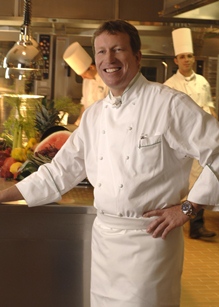 Charles Carroll’s proven techniques on how to retain staff and build an all-star team.
Charles Carroll’s proven techniques on how to retain staff and build an all-star team. If students can think of networking as a process of giving, not taking, it can be less overwhelming for them and often interesting and even positive.
If students can think of networking as a process of giving, not taking, it can be less overwhelming for them and often interesting and even positive.
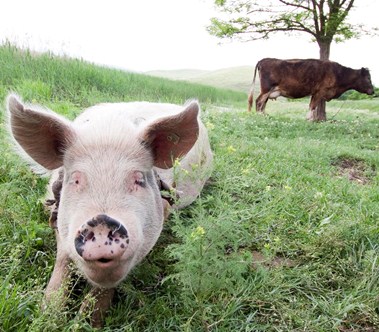 The Pork Checkoff honors 2011 Pork Industry Environmental Stewards
The Pork Checkoff honors 2011 Pork Industry Environmental Stewards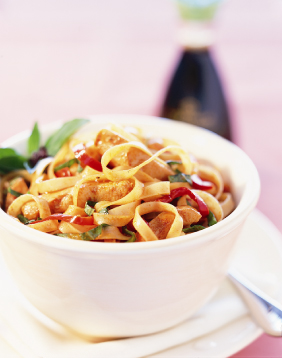 An e-learning module focusing on the importance of soy sauce as a flavor-enhancer not limited to Asian-style dishes.
An e-learning module focusing on the importance of soy sauce as a flavor-enhancer not limited to Asian-style dishes.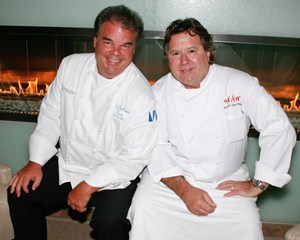 Since its opening last spring, the Miami Culinary Institute (MCI) at Miami Dade College (MDC) has made an immediate impact on the community and beyond with a cornucopia of programs and activities that please the palate whether one is a student, food enthusiast or culinary-industry professional. Last autumn, the Institute turned up the heat with the opening of its rooftop restaurant, Tuyo, an exquisite fusion of New World cuisine under the direction of award-winning chef Norman Van Aken.
Since its opening last spring, the Miami Culinary Institute (MCI) at Miami Dade College (MDC) has made an immediate impact on the community and beyond with a cornucopia of programs and activities that please the palate whether one is a student, food enthusiast or culinary-industry professional. Last autumn, the Institute turned up the heat with the opening of its rooftop restaurant, Tuyo, an exquisite fusion of New World cuisine under the direction of award-winning chef Norman Van Aken.